 NYC-based PIRA Energy Group believes that Global economic momentum is stabilizing, which is supportive for the demand for inventory. In the U.S., peak refinery turnarounds drive DOE petroleum balances. In Japan, crude runs ease and stocks jump. Specifically, PIRA’s analysis of the oil market fundamentals has revealed the following:
NYC-based PIRA Energy Group believes that Global economic momentum is stabilizing, which is supportive for the demand for inventory. In the U.S., peak refinery turnarounds drive DOE petroleum balances. In Japan, crude runs ease and stocks jump. Specifically, PIRA’s analysis of the oil market fundamentals has revealed the following:
World Oil Market Forecast
Global economic momentum is stabilizing, which is supportive for the demand for inventory. Global oil demand growth is strong, especially in China, India and the industrialized countries, and will remain so in 2016. Supply growth is quickly eroding. Capacity constraints limit OPEC growth while non-OPEC crude/condensate is about to fall below year-ago levels. Oil markets will need more oil and prices will have to signal this. However, short term, there are strong headwinds for oil prices, but once January is front month and December inventory declines are evident, prices will rally strongly. Political risks to supply are turning higher with more turmoil in Iraq and a rising potential for infrastructure attacks in Nigeria.
Less Potential for Weather-Driven Demand Erases Upside Risk; Supply Builds
The strong supply out of Russia and Norway, combined with the growing presence of unsold LNG in the Atlantic Basin, makes the short-term outlook continuously vulnerable to the downside. PIRA does not expect a major selloff to emerge, and if one were to come, it would not be until mid-December at the earliest due to the need to protect storage going into 1Q peak demand season.
Dutch Imports at Three-Year Lows in Spite of Coal Retirements Ahead; Weaker Gas Prices Will Keep Prices in Check
Total Dutch net imports plummeted to only roughly 100 MWs so far during October, or a three-year minimum. While 1.6 GWs of coal is set to be retired by the year end, the removal of the coal tax, combined with significant weakness in the gas pricing picture, will keep the Dutch prices in check, translating into structurally lower imports in the months ahead.
China’s Coal Demand Struggles Continue; Market Recovery Still Distant
The coal market pushed lower again last week on weaker oil pricing, a strong U.S. dollar (particularly relative to the euro), and continued softness in coal fundamentals. The weakness in pricing was most notably apparent for API#2 (Northwest Europe), likely due to the drop in the euro, while FOB Newcastle (Australia) prices also fell, but to a lesser degree. Demand continues remain soft in many key demand markets, and outside of India, there has been limited rationalization of uneconomic supply. Absent any unforeseen supply disruptions and/or mine idlings or closures, weakness in pricing will persist.
LPG Pulled Lower, Ethane Rebound Continues
U.S. NGL markets were pulled lower by the broader energy markets. November Mt Belvieu propane futures fell 3.5% to near 43¢/gal, outperforming to more than 5% decrease in global crude prices. Butane at the market center fared slightly better, losing 2.8% to settle near 58.5¢/gal on Friday. Ethane’s outperformance continues with prices flat week-on-week despite the plunge in Henry Hub prices, which led to ethane’s premium in Btu terms surging to 64¢/MMBtu — the largest premium in years.
Clean Power Plan Published, Additional Info Released
The Clean Power Plan is finally set to be published in the Federal Register, with regulations for new/modified power plants and the proposed Federal Implementation Plan (FIP) / Model Trading Rule. Stakeholders will have access to technical support documents on proposed free allocations for the individual covered units, "Gas Shift" ERCs for rate trading. Publication will start the 60-day clock to file legal challenges to final rules and the 90-day comment period for the proposed FIP/Model Rule.
U.S. Ethanol Prices and Margins Fall
U.S. ethanol prices decreased the week ending October 16 and manufacturing margins dropped to the lowest levels since January. D6 and D5 RIN values rose after the EPA implied that the final biofuels mandates will probably be higher than those proposed on May 29.
All About the Dollar
After spending most of the trading week eking out modest gains, the ECB’s forward guidance on rates resulted in an extended rally for the dollar and an apparent end to any immediate bullish hopes for the grain/oilseed quadrant.
Asia’s Manufacturing Indicators Remain Sluggish, but Other Data Are Looking Better
China’s economic data suggested that the country’s economic momentum was roughly stable. The recent resiliency came from the service sector, while the industrial sector continued to struggle. Housing indicators were encouraging. China’s latest rate was not a surprise and is basically seen as a calibration of the government’s policy stance. Data from Japan, Korea, and Taiwan were mixed, but contained encouraging signs.
Peak Refinery Turnarounds Drive DOE Petroleum Balances
We are still around the peak of the refinery turnaround season and this past week’s data, like the prior week, showed a large crude stock, which was almost offset by a large product draw. The resulting 1.5 million barrel overall stock increase was 2.9 less than the increase last year in the same week, narrowing the year-on-year stock excess slightly to 165 million barrels. Sixty percent of the stock excess is in crude oil and 21% is in the two major light products.
Gas Flash Weekly
Another all-time record high for salt storage helped pull total Producing Region inventories deeper into new high ground. Still, maneuverability remains considering that non-salt inventory is ~65 BCF below its high, and capacity remains available in the Consuming East and West. While space remains to absorb surplus supply, the pall of a mild start to the heating season is not only placing an effective cap on near-term prices, but keeping alive the risk of even lower levels.
U.S. Coal Stockpile Estimates
Power sector coal stocks saw a strong seasonal build this month as fall weather patterns and weaker gas prices sapped coal burns. PIRA estimates U.S. electric power sector coal stocks will reach 180 MMst at the end of this month, or 85 days of forward demand based on our forecast of Nov./Dec. average coal burn (vs. 63 days one year ago).
U.S. Ethanol Production and Stocks Increase
The U.S. ethanol industry was stable the week ending October 16, with production rising only 2 MB/D from the previous week to 951 MB/D. Stocks built 84 thousand barrels to 18.9 million barrels, with the only draw occurring in PADD I.
Little Enthusiasm
The last week of the month usually brings with it an anticipation for the upcoming WASDE, but this month feels a little different than most. Whether it’s the general malaise around trading contracts that remain range-bound, or the realization that harvest is quickly coming to an end and with it any chances of a “surprise,” there’s just not a lot of enthusiasm about the November WASDE, scheduled to be released on Tuesday, November 10th.
S&P 500 Continues to Improve
The S&P 500 posted a third week of solid gains. Also, all of the related indicators improved again (Russell 2000, volatility, high yield credit and emerging market credit). Overall, commodities eased slightly, as did ex-energy. Oil was also slightly lower. With regard to currencies, the most noted move was strength in the Korean won and Thai baht. Korea reported rather strong GDP growth in 3Q of 5% annualized, which was better than expected. China moved to lower interest rates last Friday morning in an attempt to further stimulate their growth prospects.
Japanese Crude Runs Ease; Crude Stocks Jump
Crude runs eased along the lines suggested by our maintenance schedules. Crude imports rose sharply and stocks built 4.9 MMBbls. Finished product stocks drew slightly, but gasoline, naphtha, gasoil, and kerosene stocks built as those demands eased back. The indicative refining margin remains good, though most cracks, other than naphtha, eased.
Seasonal Demand Rises, but Supply Gains Are Formidable
A wide disconnect between incremental, fully operational and functional liquefaction capacity and incremental buying is emerging with no signs of abatement in the coming years.
Global Equities Post a Another Strong Week
Global equities gained again. In the U.S., many of the tracking indices were positive on the week, with technology and industrials performing the best. Retail and energy lagged and were lower on the week. Internationally, many of the tracking indices gained. The Japanese tracking index did slightly better than the U.S. market, but most of the other international indices did not do as well. Latin America was the only index to post a decline.
China Using Carrot Rather than Stick to Rationalize Tea Kettle Refineries
For years, China has been trying to rationalize its inefficient tea kettle refining capacity despite opposition from local/provincial governments and the tea kettle refining companies. China seems to have now found an effective strategy by offering crude import quotas to those refiners rationalizing small CDUs. Eight refiners have already applied for or been granted crude import quotas. PIRA expects the total effect will be a rationalization of 500-600 MBD of capacity, higher utilization of remaining Chinese refining capacity, and higher quality products.
Azerbaijani Company AzMeCo Suspends the Purchase of Gas for Methanol
“Due to the fact that the world prices for methanol decreased, the purchase of gas from Gazprom at the current price has become unprofitable for the company,” said AzMeCo. “As a result, it was decided to suspend the purchase of gas, as methanol production is unprofitable under existing conditions.” During the contract period, AzMeCo received more than 100-mmcm of Russian gas. Azerbaijan Methanol Company (AzMeCo) planned to purchase up to 2-bcm/y of gas from Russia’s Gazprom Export.
U.S. Refiners Creep Capacity Faster
2014 was a banner year for U.S. distillation capacity creep; 2015 also appears to be a good year for creep, although below 2014. With favorable refining margins and crude runs approaching effective capacity, refiners are able to justify a greater amount of creep investment.
Costs Are Down in Low Price Environment, but Current and Future Supplies Are Still at Risk
The current low oil price environment has made it cheaper to operate existing oil fields and to develop new supplies. Compared to last year, Brent-equivalent costs to produce current supplies have decreased by around 9%, while costs to develop new supplies have been reduced by 25% for U.S. shale and 12% for non-shale projects worldwide. However, in spite of these reductions, some high-cost existing production remains at risk of being shut in were Brent prices to fall below $40/Bbl. Also, many new projects require Brent prices well above $50/Bbl to become profitable. Low-cost, non-OPEC supplies and the likely increase in OPEC supplies will not be sufficient to meet future demand. Therefore, higher-cost supplies, including oil sands and deepwater, will be required to balance global supply and demand, requiring prices to rise from current levels.
Analysts Obsession with Conventional Oil Discoveries May No Longer Be Warranted
Conventional oil discoveries have dropped significantly in the past 50 years in spite of record exploration activity, especially in recent years. In the past, this would have driven concerns over reserves replacement, R/P ratios and remaining years of production. However, as unconventional volumes (bitumen/extra heavy oil and shale oil) play a more significant role in meeting future oil demand, the focus increasingly shifts from reserves to costs. But, higher oil prices will still be required for development of high cost unconventional volumes needed to meet demand growth and decline from existing fields.
The information above is part of PIRA Energy Group's weekly Energy Market Recap - which alerts readers to PIRA’s current analysis of energy markets around the world as well as the key economic and political factors driving those markets.


 International oilfield support services company,
International oilfield support services company, 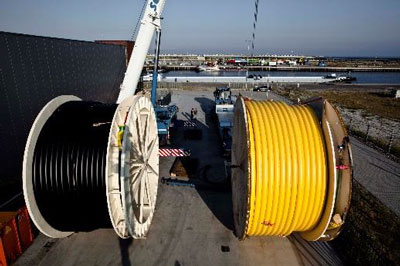 AOG Flowlines ready for shipment to a customer
AOG Flowlines ready for shipment to a customer 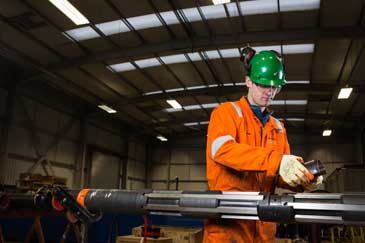 Leading engineered servicing company for wellbore clean up and abandonment,
Leading engineered servicing company for wellbore clean up and abandonment, 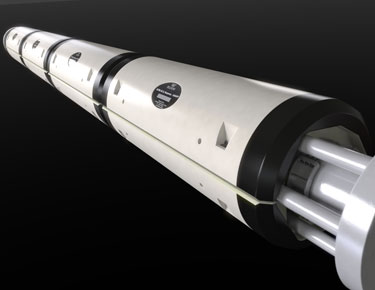 Brazil remains a development area for the oil and gas industry, so to effectively service its customers in the region, Trelleborg’s offshore operation has invested in two new regional appointments.
Brazil remains a development area for the oil and gas industry, so to effectively service its customers in the region, Trelleborg’s offshore operation has invested in two new regional appointments.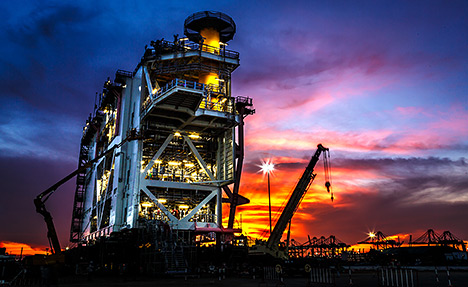 The compressor module before departure from Thailand. (Photo: Aibel)
The compressor module before departure from Thailand. (Photo: Aibel)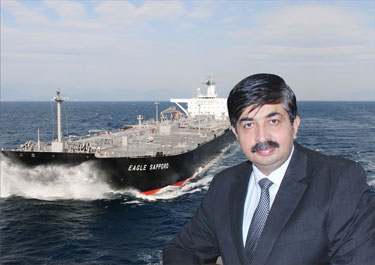 Mumbai-based ship management company
Mumbai-based ship management company 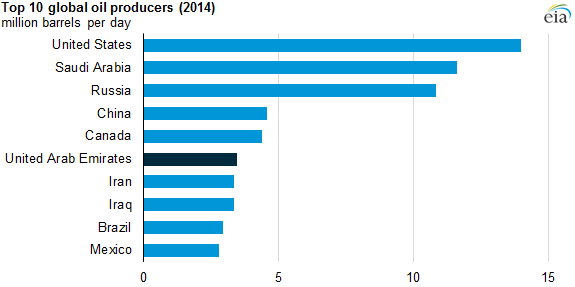 Source: U.S. Energy Information Administration, International Energy Statistics
Source: U.S. Energy Information Administration, International Energy Statistics 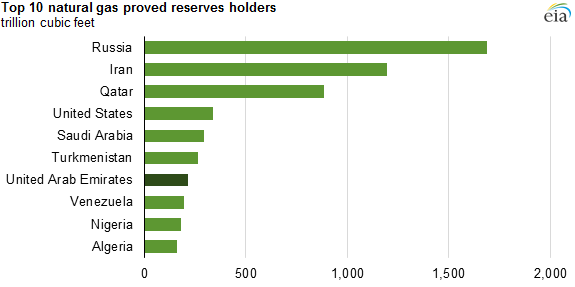 Source: U.S. Energy Information Administration, International Energy Statistics
Source: U.S. Energy Information Administration, International Energy Statistics  NYC-based
NYC-based  Exxon Mobil Corporation
Exxon Mobil Corporation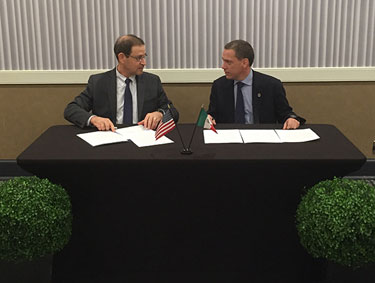 The Bureau of Safety and Environmental Enforcement (BSEE)
The Bureau of Safety and Environmental Enforcement (BSEE)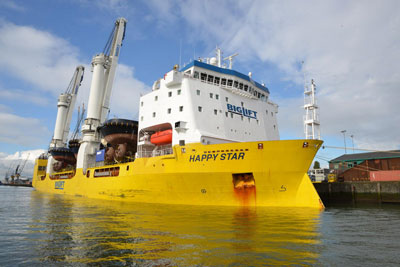 Tuesday 20 October 2015, BigLift Shipping’s heavy-lift vessel Happy Star arrived in the Port of Rotterdam. This is the first time Happy Star has visited the Netherlands, bringing with her
Tuesday 20 October 2015, BigLift Shipping’s heavy-lift vessel Happy Star arrived in the Port of Rotterdam. This is the first time Happy Star has visited the Netherlands, bringing with her  The recent JCPOA agreement reached between Iran and the P5 +1, and approval of by the Iranian Parliament, is a big step forward in normalizing Iran’s relations with the international community. In anticipation of the removal of the economic sanctions, Iran has produced a list of fifty oil & gas projects worth an estimated $185 billion that it intends to develop. These projects will be presented at a post-sanctions summit in London planned for February 2016, and auctioned to secure much-needed foreign investment in Iran’s oil & gas sector. A number of IOCs, including BP, Shell and ENI, have expressed interest in re-entering the Iranian market.
The recent JCPOA agreement reached between Iran and the P5 +1, and approval of by the Iranian Parliament, is a big step forward in normalizing Iran’s relations with the international community. In anticipation of the removal of the economic sanctions, Iran has produced a list of fifty oil & gas projects worth an estimated $185 billion that it intends to develop. These projects will be presented at a post-sanctions summit in London planned for February 2016, and auctioned to secure much-needed foreign investment in Iran’s oil & gas sector. A number of IOCs, including BP, Shell and ENI, have expressed interest in re-entering the Iranian market.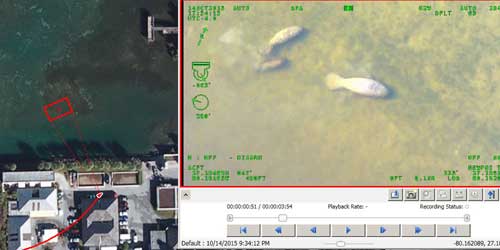 CSA staff to unveil new service during the upcoming Esri Ocean GIS Forum
CSA staff to unveil new service during the upcoming Esri Ocean GIS Forum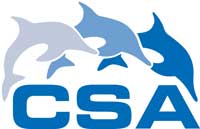 CSA Ocean Sciences Inc. (CSA)
CSA Ocean Sciences Inc. (CSA)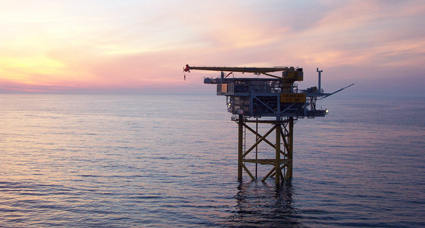 The unmanned wellhead platform Tambar (BP) in the North Sea.
(Photo: BP)
The unmanned wellhead platform Tambar (BP) in the North Sea.
(Photo: BP) 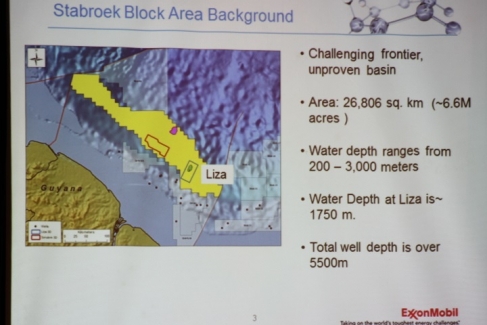 With ExxonMobil reported to be moving the Liza discovery in deepwater Guyana into pre-Front-End Engineering Design (FEED) less than five months after confirming the find, the project has the potential to yield significant returns for investors, according to analysts with research and consulting firm GlobalData.
With ExxonMobil reported to be moving the Liza discovery in deepwater Guyana into pre-Front-End Engineering Design (FEED) less than five months after confirming the find, the project has the potential to yield significant returns for investors, according to analysts with research and consulting firm GlobalData.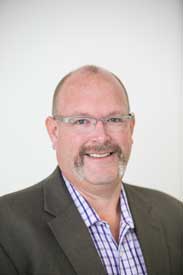 Ashtead Technology
Ashtead Technology